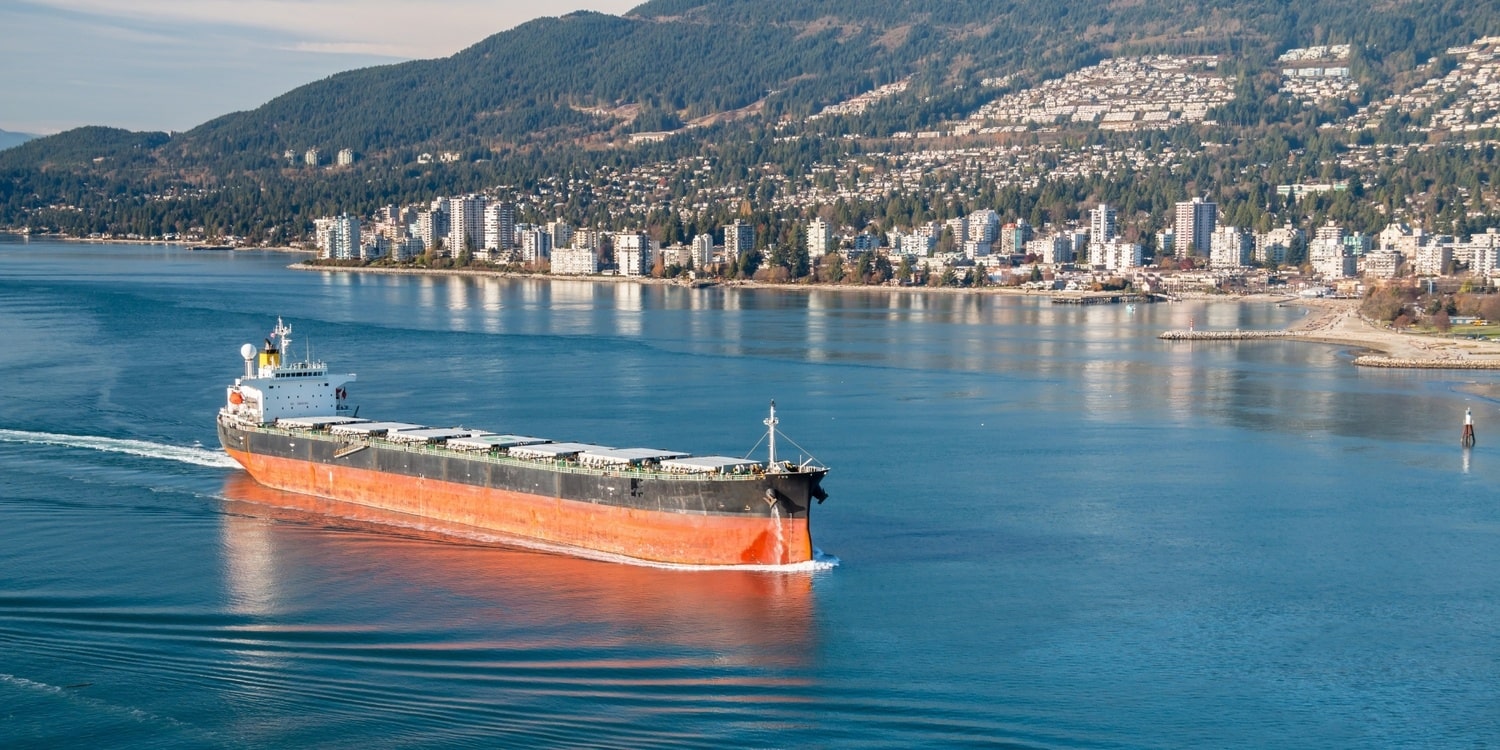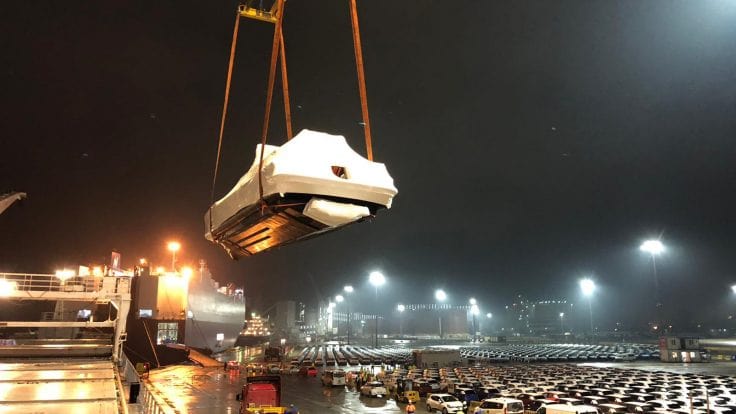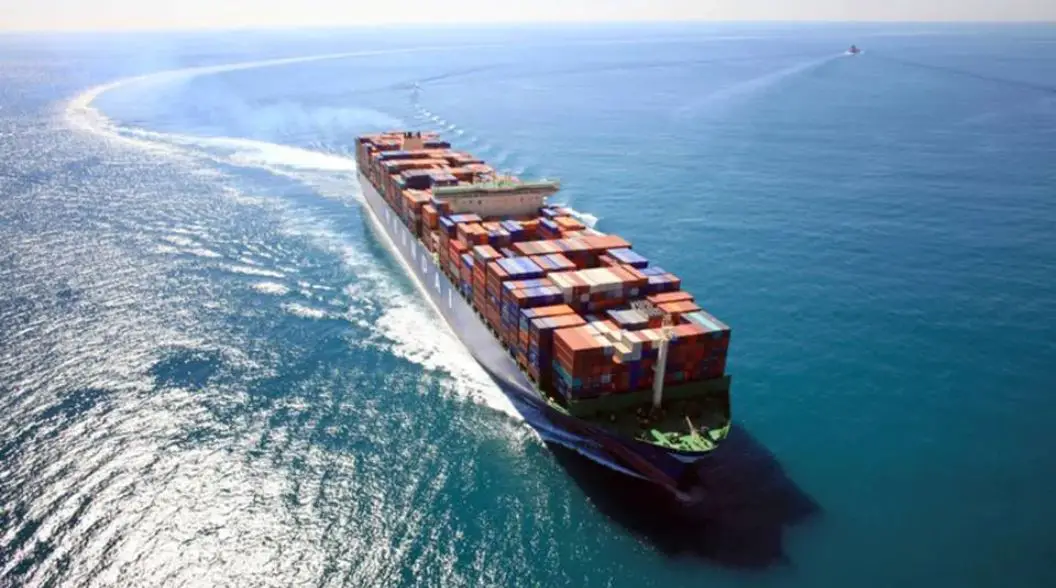Dry Bulk Carrier Chartering
Dry bulk carriers, a sub-segment of bulk carriers among merchant ships, carry dry (grains, fertilizer, phosphate and ores) or wet (chemicals, refined petroleum product) similar bulk cargoes. Also known as bulk cargo, these ships are built with a single deck and wide hatches. The most important reason why the hatches are wide is to make the shipment of the cargo easier and faster. Dry bulk carriers have an octagonal cross-section structure. Dry bulk cargo types are shown in the guide published by IMSBC.
Dry Bulk Carrier Pricing
When hiring a dry bulk carrier, the loading port and discharge port are important. For example, while in 2013, 13 dollars per ton was charged for freight on a dry cargo ship with a steel carrying capacity of 4000 tons, whose loading port is Marmara and its discharge port is Poti, today the prices have increased considerably due to the increase in the trade volume and Covid-19 Pandemic in the world.
It provides healthy services to its customers by making significant progress in the technological sense of the relevant logistics companies.
Rentals for the transport of dry bulk products have been rising recently, with spot markets ranging from $5,000 to $9000. Undoubtedly, these changing prices are due to the fact that the increase in freight demand could not keep up with the growth rate seen in the fleet.
Today, there is a difference in the amount of dry cargo that will go from Istanbul to Chile in 51 days between a Malta ship and a Libyan ship, and it is also important that the ship has a healthy environment that will ensure the protection of the dry cargo.
Considering the freight rates published by the Turkish Chamber of Maritime Commerce, the Freight Revenue Room Share Fee is charged over the freight rates determined below from the ships that take cargo from Turkish ports or bring cargo to Turkish ports. These freights show an average, more can be understood or less freight can be decided by the parties.

Shipping Container Rates in 2022 From United Kingdom
| Destination Port | 20ft Container Cost | 40ft Container Cost |
|---|---|---|
| New York, USA | £2,445 (GBP) | £4,389 (GBP) |
| Los Angeles, USA | £3,227 (GBP) | £3,938 (GBP) |
| Sydney, AUS | £2,108 (GBP) | £3,160 (GBP) |
| Melbourne, AUS | £2,108 (GBP) | £3,160 (GBP) |
| Auckland, NZ | £2,108 (GBP) | £3,160 (GBP) |
| Montreal, CAN | £3,442 (GBP) | £4,563 (GBP) |
| Vancouver, CAN | £3,136 (GBP) | £3,925 (GBP) |
| Le Havre, FRA | £1,304 (GBP) | £2,150 (GBP) |
| Barcelona, ESP | £2,009 (GBP) | £2,620 (GBP) |
| Amsterdam, NLD | £1,304 (GBP) | £2,150 (GBP) |
| Hamburg, GER | £1,302 (GBP) | £1,561 (GBP) |
| Dublin, IRE | £1,424 (GBP) | £1,890 (GBP) |
| Jebel Ali, UAE | £2,394 (GBP) | £3,177 (GBP) |
| Genoa, ITA | £1,909 (GBP) | £2,514 (GBP) |
| Lisbon, POR | £2,009 (GBP) | £2,621 (GBP) |
| Stockholm, SWE | £1,016 (GBP) | £1,350 (GBP) |
| Mumbai, IND | £3,064 (GBP) | £4,064 (GBP) |
| Singapore, SIN | £3,526 (GBP) | £4,679 (GBP) |
| Limassol, CYP | £2,009 (GBP) | £2,621 (GBP) |
| Copenhagen, DEN | £1,348 (GBP) | £1,787 (GBP) |
| Thessaloniki, GRE | £2,009 (GBP) | £2,621 (GBP) |
| Manila, PHL | £3,526 (GBP) | £4,679 (GBP) |
| Hong Kong, HKG | £3,234 (GBP) | £4,290 (GBP) |
| Cape Town, SAF | £2,246 (GBP) | £3,456 (GBP) |
| Shanghai, CHI | £2,906 (GBP) | £3,856 (GBP) |
There are some important factors to calculate shipping costs.
The volume or weight of the goods
It’s not officially one or the other because it depends on what type of shipping you’re using. When it comes to sea freight, the dimensions of your goods are the most important, while air freight cares more about the weight of your goods. The more goods you have, the more it will cost to ship them to your new home.
The type of transport
Will your goods be flying or sailing? The mode of transport will determine both the price and the time it takes for your belongings to arrive. Air freight tends to be the quicker and more costly alternative to sea freight, so if you’ve got time to spare then you should definitely opt for the ocean. Sea freight is usually around five times cheaper than air freight.
The journey distance
This one is pretty self-explanatory. If you’re shipping your stuff halfway across the world then it’s going to cost more than a short trip across the Mediterranean. Whether your move is port-to-port or door-to-door will also affect costs; if your shipping company is going to transport your goods all the way from your old front door to your brand new one then this will bump up the price. Despite this, we thoroughly recommend door-to-door services as they can prevent logistical headaches.
The destination port
Customs duties and service charges are unavoidable but they will vary from country to country. Naturally, the arrival destination of your goods will determine how much you have to pay in the way of customs and taxes.
The time of year
International shipping has peak seasons, just like any other industry. These generally occur in the summer (between August and September) and just after the Chinese New Year (between January and February). During peak season, demand is greater, prices are higher and capacity is more limited. It’s best to avoid shipping at these times if you want the lowest prices.
Freight Related Terms
The word freight, which was previously used only for maritime transport, has started to be used for all cargoes and services transported by air, land and railway with the development of foreign trade. In this context, freight refers to all cargo, services and the fee charged for this transaction carried on the ship, plane, train or road vehicle.
With the development of the freight transportation field day by day, it has come with some stereotypical terms. These are as follows.
What is BAF Bunker Adjustment Factor
BAF (Bunker Adjustment Factor): It is the factor of including the fluctuations in the prices of fuel oil, which is ship fuel, during the overseas cargo transportation, by fixing it to a certain extent and including it in the freight price.
What is CAF (Currency Adjustment Factor)?
CAF (Currency Adjustment Factor): It is the factor of including fluctuations in one unit of US Dollar by fixing it to the freight fee.
What is Primage?
Primage: Generally, it is the additional fee that the shipowner adds to the freight fee in order to minimize the risk for export products departing from a country.
What is WRS (War Risk Surcharge)?
WRS (War Risk Surcharge): It is a type of fee that is included as an additional fee in the freight for the ships passing through or making the voyages to these ports with war risk.
What is High Cube Surcharge?
High Cube Surcharge: It is the type of additional fee charged for the transportation of cargoes in this container type, which can be larger than standard containers and vary according to the manufacturer.
What is Imco Charge?
Imco Charge: It is the type of fee charged by the shipowners who undertake the transportation of dangerous, radioactive, flammable, combustible or explosive materials in addition to the freight for these materials.
Broker: The person who mediates between the carrier and the shipper, the broker.
Charter Transportation: It is the type of transportation in which some or all of the ship to be loaded is rented.
Shipowner: The person who opens his ship for cargo transportation, the owner of the ship.
Agency: An organization that represents the shipowner at any port and can act on his behalf.
















